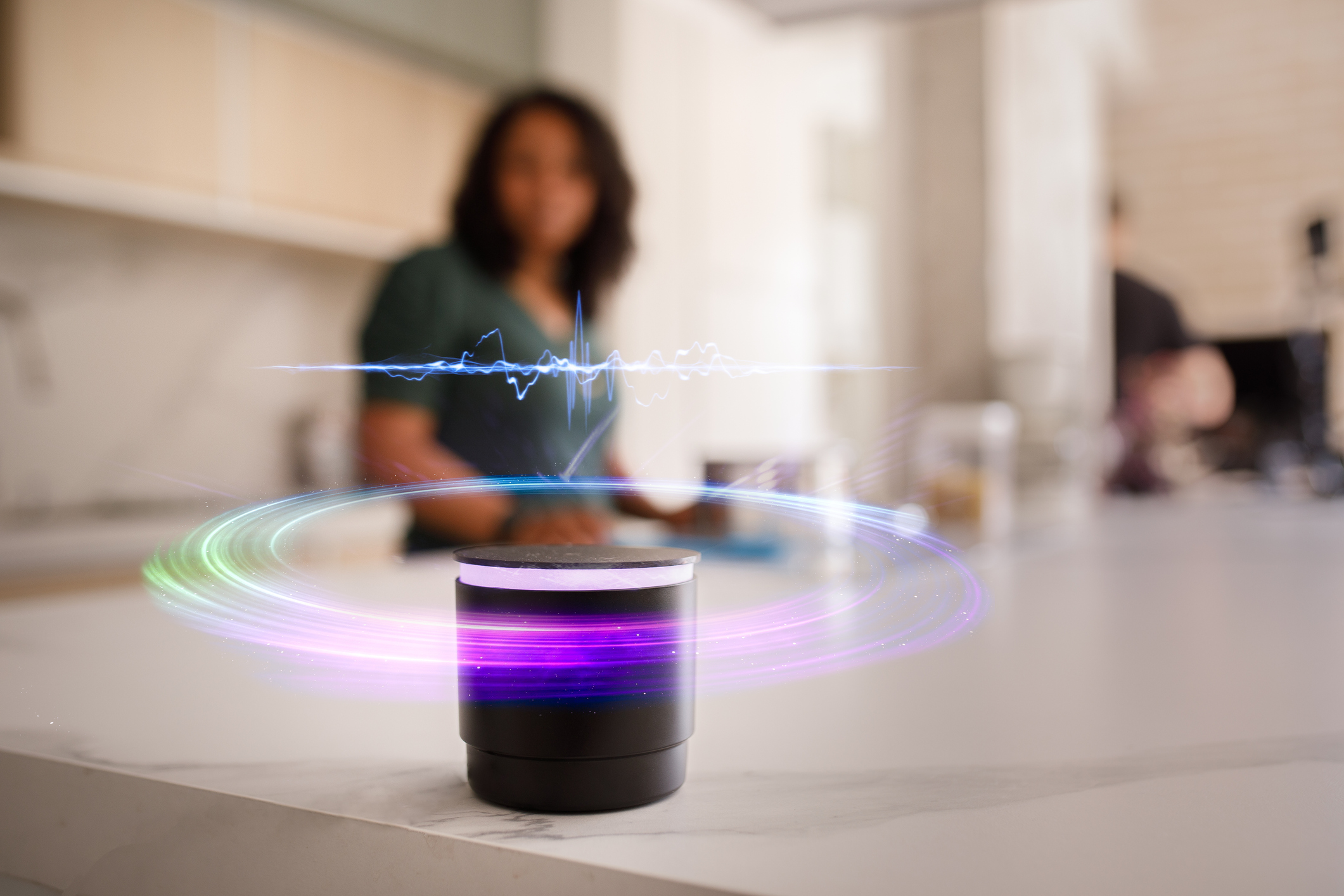How Voice Technology is Changing Content Marketing
We’ve all asked Alexa to turn the volume up, asked Siri to add milk to the shopping list, or maybe, if you’re really close with your voice assistant, you’ve even asked Google to turn the lights off. But voice technology is moving beyond smart homes and into marketing strategies, creating new ways for brands to communicate with consumers. We spoke to Norbert Horvath, Co-Founder & CTO of Say It Now, experts in voice assistant ad-tech, about how voice technology is reshaping content marketing.
The Rising Significance of Voice Tech for Brands
Demandsage.com reported that by 2024, we can expect to see 8 billion voice-enabled digital assistants and that the global voice recognition market is set to be worth almost $27 billion.
“Voice enables you to get things done faster as we can speak at 140 words per minute,” says Norbert Horvath. ” It offers a hand-free way to complete a call-to-action, and when used right, it helps brands keep themselves in consumers’ minds. “When someone says a brand name out loud,” he continues, “there are significant uplifts in multiple brain responses, meaning the brand name will resonate with the listener”.
With 90% off people believing voice search to be easier than searching online, it’s never been more important to consider how voice could work in your brand strategy. We asked Norbert what changes he’s seen in how brands are using voice technology. In the past year, he observed the following trends:
- Brands are developing their own voice applications. Thanks to the rise in voice assistant users, brands are now carving out budget for this type of technology.
- Brands are leaning on more personalised experiences to understand more about their customers. Because of this, he’s seen a trend of brands investing more in product and services that yield higher margins and better customer experience; all of which foster loyalty.
- Brands are expanding commerce strategies into voice. There is a “particular focus on minimising ‘buy decision friction’ at point of advertisement,” he explains. Voice-enabled purchasing allows customers to purchase something with a simple vocal command. It simplifies the buying process and ensures their day is not significantly interrupted.
Benefits of Voice Technology in Content Marketing
While the number of people using voice assistants is rising rapidly, this technology can do more for your brand than just reach a wider audience. Here’s a few more reasons you might want to start listening:
- It’s user-friendly: voice technology allows users to access content effortlessly through speech. Demandsage reported that more than 50% of adults surveyed use voice search daily – it’s hands-free technology at its finest.
- You can create engaging interactions: voice assistants offer a personalised and conversational user experience.
- Improve your visibility: adapting content for voice enhances its presence in search results, especially locally. For example, ensuring content is structured in a way that is easily consumable by voice assistants (such as using clear headings, lists, and straightforward language) can make it more likely to be picked up in voice search results. In fact, according to Demandsage, voice search is used by approximately 58% of consumers to find a local business.
- It’s easily integrated: voice assistants can connect with a multitude of other services around your home and in your life. Say It Now’s audio campaign with Chessington World of Adventures increased awareness of the resort while also enabling listeners to buy tickets directly making the customer journey quicker and more efficient.
Talking the Talk: How to Create Voice-Friendly Content
Building a strategy for using voice technology means thinking carefully about how it fits with your brand.
Say It Now uses ‘Actionable Audio Ads’ (in-stream audio ads) to encourage listeners to engage with their voice assistant. Norbert stresses that it’s “important to ensure that the audio ad is specifically crafted for the channel,” so it’s relevant and strikes a chord with listeners. “The voice app portion [of an Actionable Ad] needs to be simple, easy to understand and digest. Prompts must be clear and choices limited to three,” Norbert advises. All this, he says, is of course subject to change with the latest advancements in conversational AI.
As Say It Now has proven, creating a content strategy for voice technology is not about repeating content, but crafting something new, specifically for this medium. For example, it’s important for brands to think about how they would speak to customers face-to-face.
Adopting a natural, conversational tone is imperative when crafting voice-technology-friendly content. Implementing long-tail keywords and phrases that users are likely to voice in their everyday language ensures that the content is more likely to be picked up by voice search algorithms. Moreover, it’s crucial to ensure that the language used is not only clear and straightforward but also universally understood. Factoring in aspects such as clear pronunciation and easy-to-understand language is not just a nod to inclusivity, but it also enhances user experience and accessibility.
Structuring content clearly is also important to make sure content is digestible not only for users but also optimized for voice search algorithms. Implementing clear headings, subheadings, and leveraging bullet points where possible assists in creating a structure that is easy to navigate verbally. This structure also aids voice assistants in extracting relevant snippets of information in response to user queries, so that your content is featured in voice search results.
Talking Tech – A New Era of Content Marketing
Norbert envisions that “Voice technology will play an increasingly important role in our interactions with technology.” He continues: “The Large Language Model AI (r)evolution enabled a level of interactivity that is most natural to the human condition. This will further speed up the adoption of interactive voice and in not too long, saturate the market as a new default.” So, brands, take note: voice tech is on the rise, becoming a standard part of how customers interact with technology. It’s not just a current trend but a future norm, making it a must-include element in your marketing toolkit.
“A brand is best when it listens to its customers and voice tech makes that astonishingly easy for both parties,” says Norbert. It’s not just for tech enthusiasts but a viable, impactful tool for brands of all kinds. It’s about being where your customers are and speaking their language – quite literally.
Ready to give your brand a voice? Ingage is here to help guide you through the ins and outs of using voice tech in your marketing strategy.






